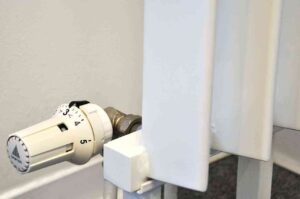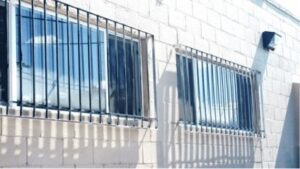Sure! Here’s the translation into American English:
—
Stamped concrete has emerged as an increasingly popular option in the realm of decorative pavements, especially for outdoor applications. This type of material combines the aesthetics of traditional finishes like stone, brick, or wood with the durability and strength of concrete, offering a visually appealing finish that also requires low maintenance.
The stamped concrete technique is developed by applying molds and pigments to a freshly poured concrete slab. The result is a continuous, joint-free surface capable of withstanding wear and weather conditions. However, it is crucial that the installation is carried out by qualified professionals to ensure a quality finish.
This type of pavement is highly versatile, ideal for various outdoor areas such as driveways, patios, terraces, and relaxation zones, as well as sidewalks, pedestrian streets, garden paths, and commercial spaces. The ability of stamped concrete to mimic natural finishes, along with its ease of cleaning, makes it a practical choice for those who value both aesthetics and functionality.
The installation process involves several stages, from site preparation and pouring of the concrete to applying a hardener and imprinting the design with specific molds. Meticulous planning and proper execution are essential to achieve a uniform and durable result; the time required to complete the job usually varies between two and five days, depending on the area and the chosen design.
Among the numerous advantages that stamped concrete offers are its high resistance to traffic, its slip-resistant surface, and the possibility of customization in designs and colors, all at a competitive cost compared to other types of decorative pavements. However, it also has some drawbacks, such as the need for specialized personnel for installation and the possibility that the colors may fade if not properly maintained.
The maintenance of this material is relatively simple and includes cleaning the surface, using non-abrasive products, and reapplying a sealer every two to three years. These care measures are essential to preserve its original appearance and extend the lifespan of the pavement.
Stamped concrete is particularly suitable for use in areas around pools, as long as appropriate slip-resistant surfaces are implemented. Additionally, it can be applied over an existing slab, provided that it is in good condition.
When considering a company for installation, it is essential to evaluate their experience, the materials used, and reviews from other customers to avoid surprises. The correct choice and execution of the process ensure a pavement that is aesthetic, durable, and functional over time.
—
Feel free to ask if you need anything else!
Source: MiMub in Spanish











